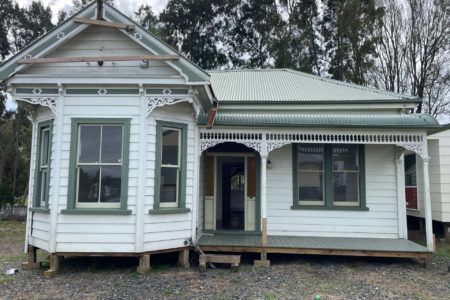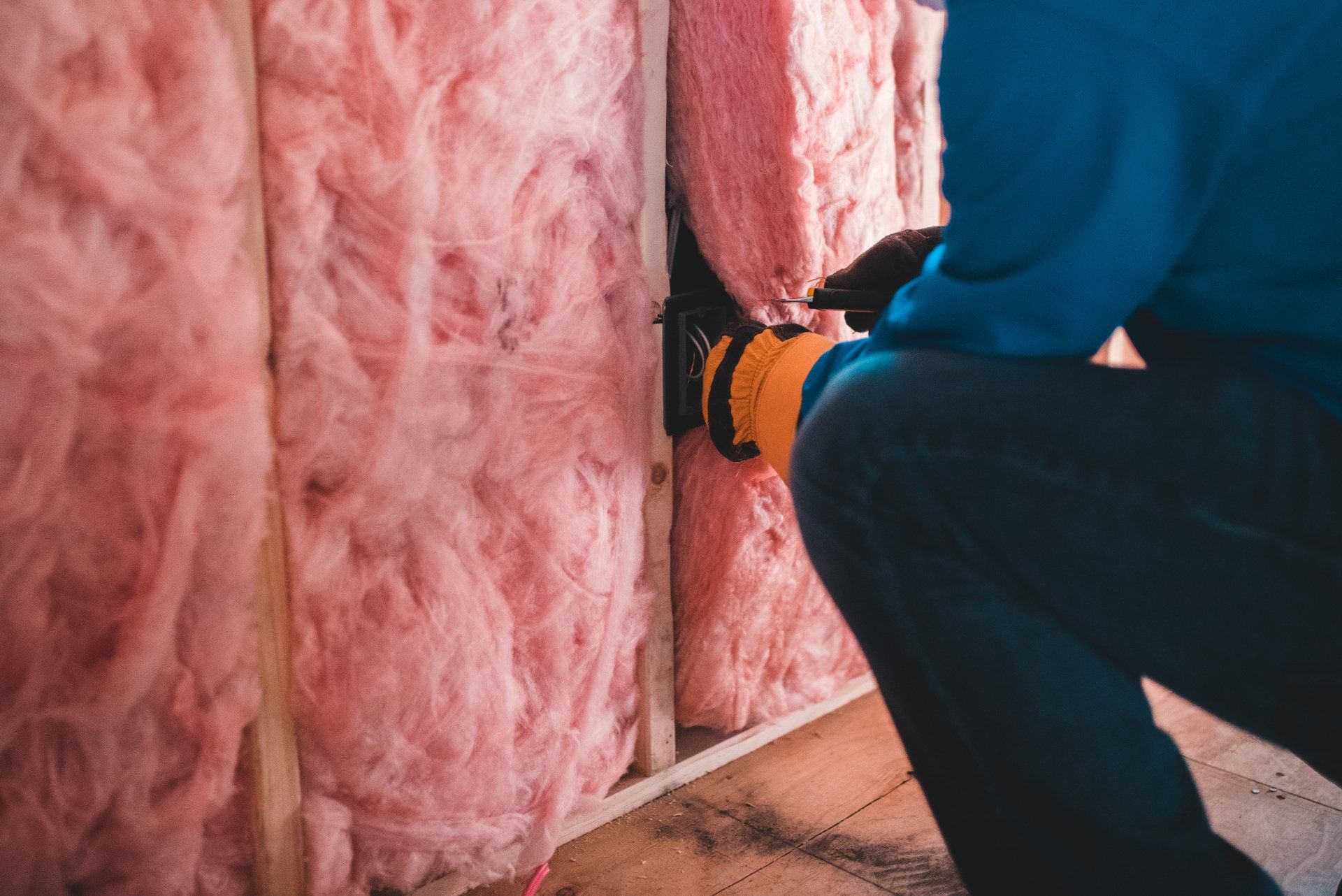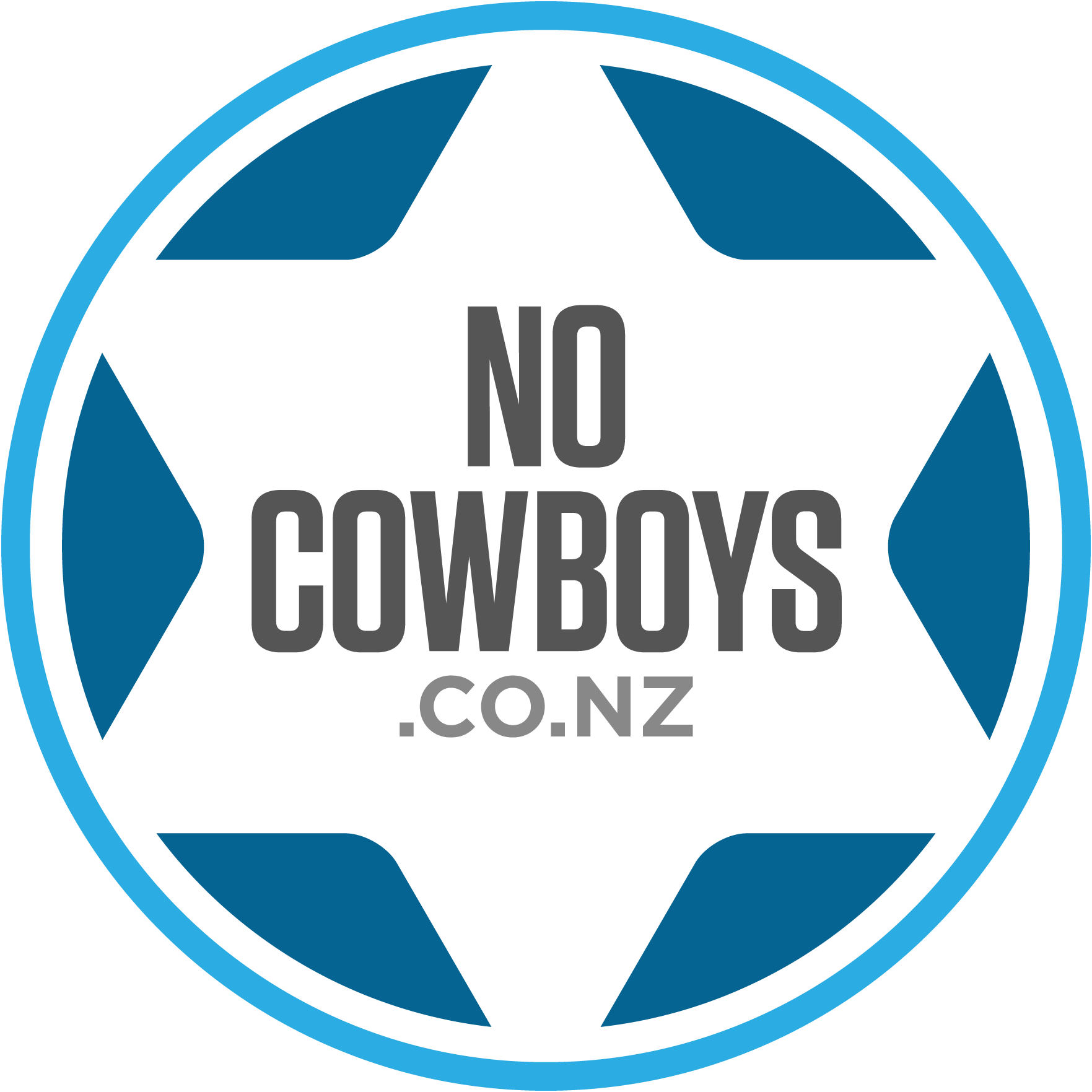The Reserve Bank Of New Zealand
The Reserve Bank of New Zealand

The Reserve Bank of New Zealand (RBNZ) plays the biggest role in dictating mortgage rates and bank lending rules, hence the state of the housing market.
The Reserve Bank is fully owned by the New Zealand government but has statutory independence. The RBNZ's primary purpose is to maintain inflation in the 1-3% range and protect the New Zealand economy.
High inflation means rising prices and financial pain for the country. So, the RBNZ uses a range of “tools” to keep inflation down.
The Official Cash Rate (OCR) is the major tool used. The Reserve Bank sets the OCR and reviews it every 2 or so months.
The OCR then regulates the rate at which trading banks such as ASB, BNZ, ANZ, etc, pay interest on deposits and lending rates to borrowers.
Currently, the OCR is at 5.5%, so mortgage rates are above this figure. Other “tools” the RBNZ can use include Loan to Value Ratio (LVR).
For example, currently, an investor buying a rental property cannot exceed LVR of 35%, meaning that they need a deposit of at least 35% of the purchase price.
Another “tool” is Debt to Income Ratio (DTI). For example, the RBNZ may bring in a rule that prevents banks from lending a borrower more than 6 times their annual income for a mortgage.
By these and other measures, the Reserve Bank has considerable influence on the housing market. There are many other factors such as supply and demand, net migration, and so on but The Reserve Bank of New Zealand is the dominating influence.
Two changes being made by the new government will have a positive effect on the market and encourage investors to buy rental property.
One of these is the lowering of the 10-year bright line test to 2 years (no capital gains tax payable after 2 years of ownership instead of 10 years).
The second is the reintroduction of mortgage interest rate deductibility for tax purposes. Most banks are predicting a fall in mortgage interest rates by June this year!






















